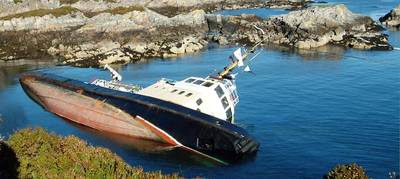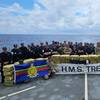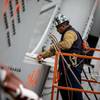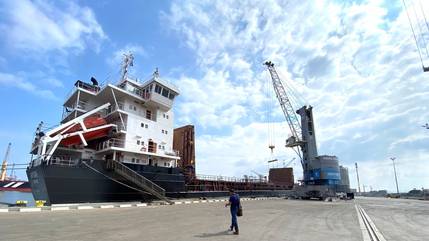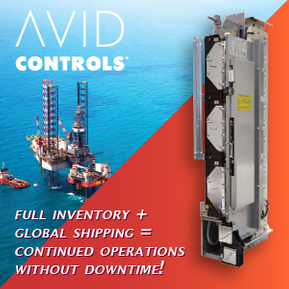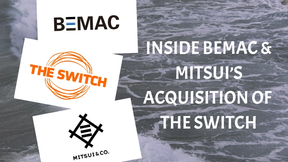Wreck-Removal Convention to Enter into Force
Shipowner liability on the horizon as Denmark ratifies international instrument
The Nairobi International Convention on the Removal Wrecks will enter into force on April 14, 2015 following the deposit, on April 14, 2014, of an instrument of ratification by Denmark, with the International Maritime Organization (IMO).
Among several provisions, the convention will place financial responsibility for the removal of certain hazardous wrecks on shipowners, making insurance, or some other form of financial security, compulsory.
Denmark became the 10th country to ratify the convention, thereby triggering its entry into force exactly 12 months later.
The Convention will fill a gap in the existing international legal framework by providing the first set of uniform international rules aimed at ensuring the prompt and effective removal of wrecks located beyond a country’s territorial sea. The Convention also contains a clause that enables States Parties to opt in to apply certain provisions to their territory, including their territorial sea.
The Convention will provide a sound legal basis for States to remove, or have removed, shipwrecks that may have the potential to affect adversely the safety of lives, goods and property at sea, as well as the marine and coastal environment. It will make shipowners financially liable and require them to take out insurance or provide other financial security to cover the costs of wreck removal. It will also provide States with a right of direct action against insurers.
Articles in the Convention cover:
- reporting and locating ships and wrecks - covering the reporting of casualties to the nearest coastal State; warnings to mariners and coastal States about the wreck; and action by the coastal State to locate the ship or wreck;
- criteria for determining the hazard posed by wrecks, including depth of water above the wreck, proximity of shipping routes, traffic density and frequency, type of traffic and vulnerability of port facilities. Environmental criteria such as damage likely to result from the release into the marine environment of cargo or oil are also included;
- measures to facilitate the removal of wrecks, including rights and obligations to remove hazardous ships and wrecks - which sets out when the shipowner is responsible for removing the wreck and when a State may intervene;
- liability of the owner for the costs of locating, marking and removing ships and wrecks - the registered shipowner is required to maintain compulsory insurance or other financial security to cover liability under the convention; and settlement of disputes.
Although the incidence of marine casualties has decreased in recent years, mainly thanks to the work of IMO and the persistent efforts of Governments and industry to enhance safety in shipping operations, the number of abandoned wrecks has reportedly increased and, as a result, the problems they cause to coastal States and shipping in general have become more acute.
There are a number of problems: first, and depending on its location, a wreck may constitute a hazard to navigation, potentially endangering other vessels and their crews; second, and of equal concern, depending on the nature of the cargo, is the potential for a wreck to cause substantial damage to the marine and coastal environments; third, in an age where goods and services are becoming increasingly expensive, is the issue of the costs involved in the marking and removal of hazardous wrecks; and fourth, most of the dangerous wrecks lie in shallow coastal waters, within the territorial sea, where coastal States have unrestricted rights to remove them, without engagement of the shipowner. The convention attempts to resolve all of these and other, related, issues.
The Convention was adopted by a five-day Diplomatic Conference at the United Nations Office at Nairobi (UNON), Kenya, in 2007.
imo.org



